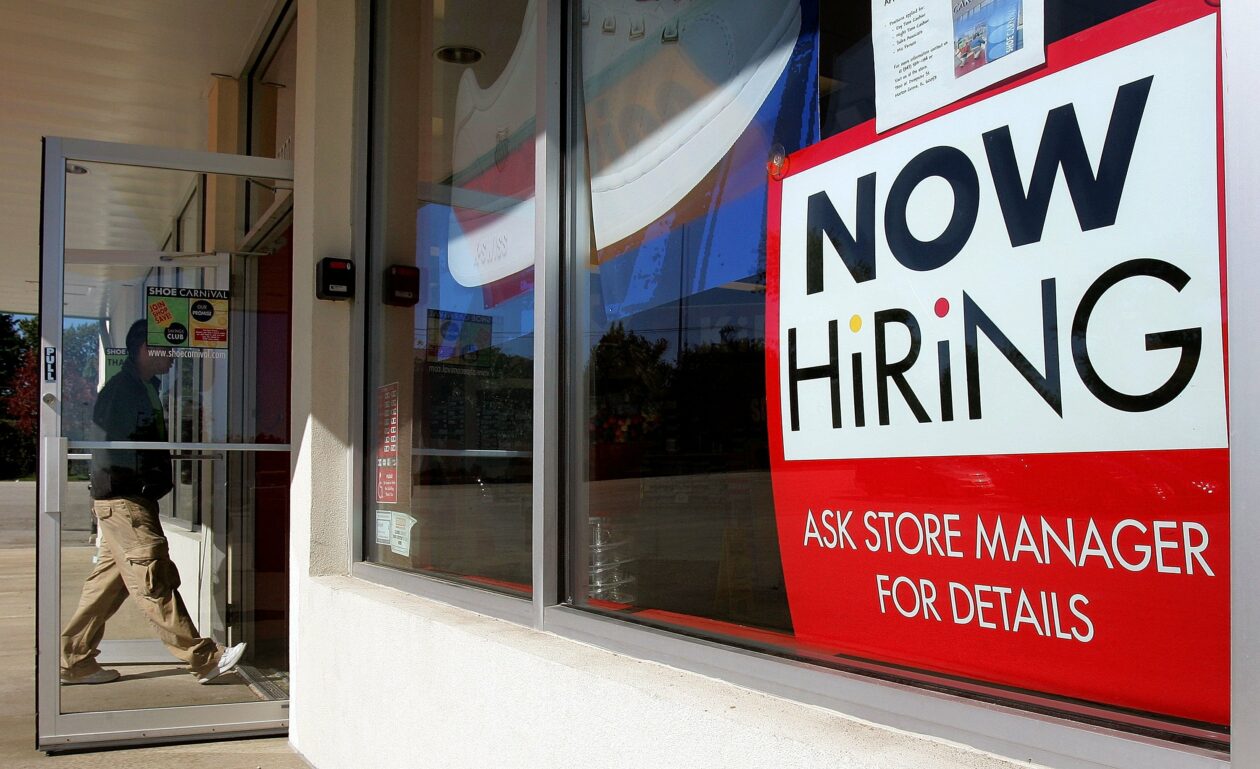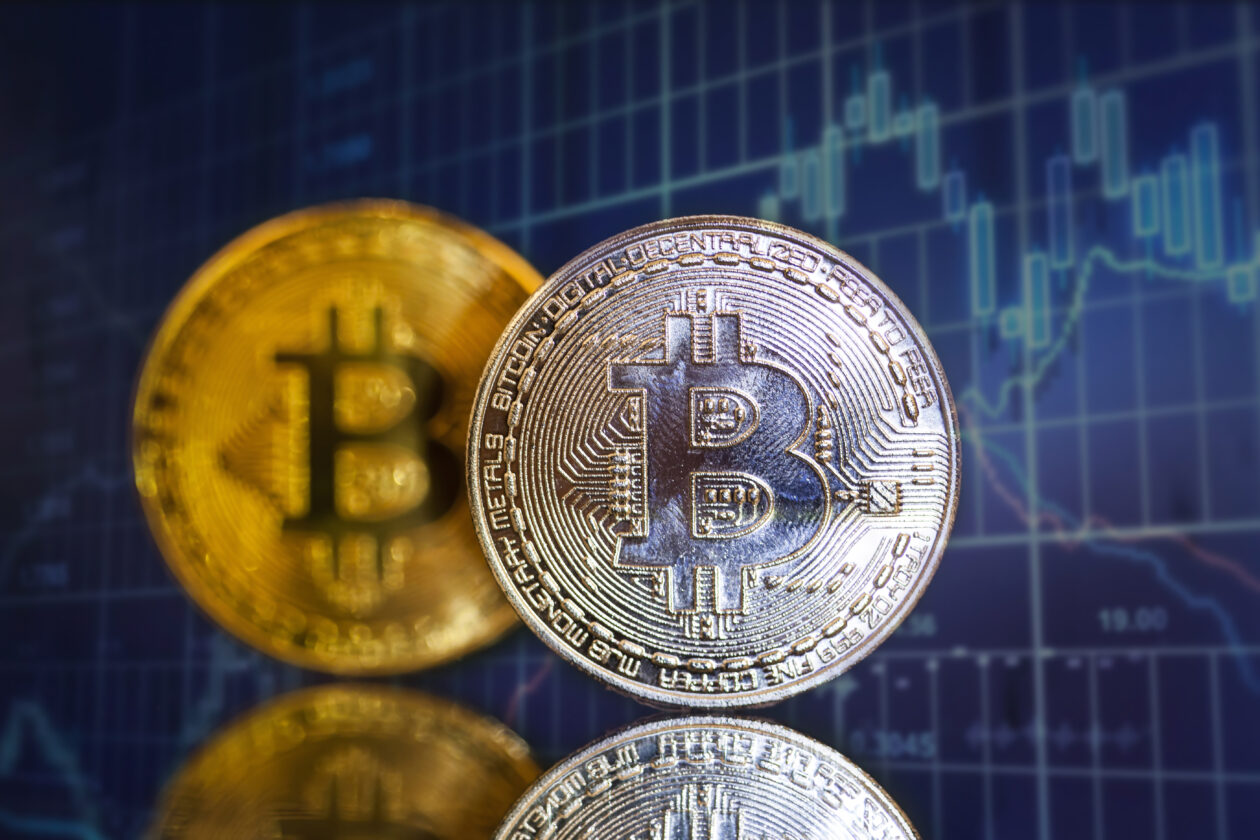Bitcoin traded flat on Monday morning in Asia, staying just above the US$29,000 support level, while the token’s volatility rating hit a record low. Ether also treaded water, as other top 10 non-stablecoin cryptocurrencies traded mixed with Solana leading the winners. Meanwhile, the Forkast 500 NFT index edged lower and U.S. stock futures moved up following losses last week. Investors now await another busy week of corporate earnings reports and U.S. inflation data.
Bitcoin flat, volatility low
Bitcoin edged down 0.03% in the last 24 hours to US$29,039.48 as of 07:50 a.m. in Hong Kong and down 0.78% for the week, according to CoinMarketCap data. The world’s largest cryptocurrency briefly traded below the US$29,000 support level over the weekend.
Ether also dipped 0.48% to US$1,826, and moved down 1.89% over the past seven days.
“The most fluctuation in Bitcoin over the last week and a half has been around US$29,200. And this is interesting because during this time, the dollar has gone into a growth mode, and there has been significant profit-taking in the equity market,” wrote Alex Kuptsikevich, senior market analyst at London-based online brokerage FxPro.
“The market has been waiting for new signals, equally ready to return to growth or continue to fall,” Kuptsikevich said. “A drop below US$28,800 could quickly take the market to US$28,000 or even US$27,000. A rise above US$29,500 would open a quick path to US$30,000 and on to US$31,000.”
The Bitcoin volatility index by crypto options trading platform Deribit, which indicates the expected volatility for Bitcoin over the next 30 days, hit an all-time-low of 34.02% on Monday. Meanwhile, crypto analytics firm K33 Research noted on Friday that Bitcoin’s 5-day average volatility dropped lower than Gold, Nasdaq and S&P500 in the week ending July 30.
“This session is symptomatic of something we’ve seen playing out over the past few months but is even more pronounced now: nothing,” said Justin d’Anethan, head of APAC business development at Belgium-based crypto market maker Keyrock. “We haven’t seen BTC make a 1%+ move from open to close in what feels like forever.”
“It’s worth checking with oneself for any hint of complacency; crypto markets typically don’t reward inertia. Investors will find it very hard to position themselves, though, as positive news about crypto ETFs and engagement by institutions are balanced by regulatory woes and DeFi hacks,” added d’Anethan.
Other top 10 non-stablecoin cryptocurrencies were mixed as Solana led the winners. It gained 2.51% to US$23.18, but logged a weekly loss of 4.47%.
Dogecoin led the losers, falling 1.97% to US$0.07418, down 4.92% for the week.
The total crypto market capitalization dipped 0.12% in the past 24 hours to US$1.16 trillion, while trading volume gained little, adding 1.42% to US$20.62 billion.
More doom and gloom for NFT developers
The main Forkast 500 NFT index edged up 0.28% in the past 24 hours to 2,459.91 as of 10:50 a.m. in Hong Kong, down 3.34% for the week. However, Forkast’s Ethereum, Solana and Polygon NFT market indexes all logged losses, with only the Cardano index moving higher.
Total NFT trading volume fell 12.78% in the past 24 hours to US$14.78 million, according to data from CryptoSlam.
By NFT collections, Mythos Chain-based game NFT marketplace DMarket posted the largest 24-hour trading volume. Ethereum-based Bored Ape Yacht Club (BAYC) and ImmutableX-based Gods Unchained Cards made up the second and third place spots.
Wreck League, an NFT-based fighting game backed by Web3 venture capital and game development firm Animoca Brands, announced a licensing agreement with BAYC developer Yuga Labs on Thursday.
That agreement will see Yuga Labs’ NFT collections incorporated into the game. The game will be launched in September.
According to a Sunday report by the Bored Ape Gazette, a news site funded by the ApeCoin DAO, Wreck League’s in-game NFTs will be minted exclusively with ApeCoin. ApeCoin is the governance and utility token used in the Yuga Labs ecosystem.
Following the news, ApeCoin’s price rose to a weekly high of US$2.04 on Sunday, according to CoinMarketCap data.
Elsewhere, the U.S. Federal Bureau of Investigation (FBI) issued a warning Saturday about NFT phishing scams. The FBI claims that fraudsters, posing as NFT developers, are using fake social media accounts to trick users into linking their digital wallets to smart contracts that extract their digital funds.
And the bad news for developers isn’t over.
According to a Bloomberg report published Saturday, total NFT royalties received by creators plunged from US$269 million in January 2022 to only US4.3 million in July 2023.
A significant decline in NFT trades coupled with competition between NFT marketplaces OpenSea and Blur has drastically driven down royalty rates. The total NFT trading volume fell more than 90% over the same period, according to data from CryptoSlam.
U.S. labor market cools

U.S. stock futures traded higher as of 12:10 p.m. on Monday in Hong Kong. The three major U.S. stock indexes closed lower in regular trading last Friday and ended the week with losses.
In Asia, the main stock indexes moved down on Monday morning. China’s Shanghai Composite, Hong Kong’s Hang Seng, South Korea’s Kospi and Japan’s Nikkei all logged losses.
The U.S. economy added 187,000 payrolls in July, lower than analyst expectations. Hourly average wages also logged a higher-than-expected increase of 4.4%, Bloomberg reported Friday.
That data points to a cooling U.S. labor market. However, wage inflation is still double the U.S. Federal Reserve’s target level.
‘Today’s numbers will do little to change the narrative of the Fed. The earnings numbers in particular will be of concern to the ‘hawks’ on the FOMC (Federal Open Market Committee) and will do nothing to dissuade them from arguing for another interest rate hike at September’s meeting,” Stuart Cole, Equiti Capital’s head macro economist told Reuters.
Investors now await the U.S. July consumer price index (CPI) on Thursday and producer price index (PPI) on Friday. Both reports will provide insight into U.S. inflation and the direction of the Fed’s future monetary policies.
The Fed meets on September 19 to make its next move on interest rates, which are now between 5.25% to 5.50%, the highest level in the past 22 years. Analysts at the CME FedWatch Tool predict a 86.5% chance for no interest rate hike in September, and a 13.5% chance for another 25-basis-point rate hike, down from 17.5% on Friday.
This week will also be busy with second-quarter earning reports from major corporations including Walt Disney, Alibaba Group Holdings and Honda Motor.
Elsewhere, China’s imports and exports data is expected Tuesday, as well as the country’s CPI and PPI on Wednesday. Analysts expect the Chinese CPI and PPI to pose annual decreases in July.
(Updates to add equities section.)





